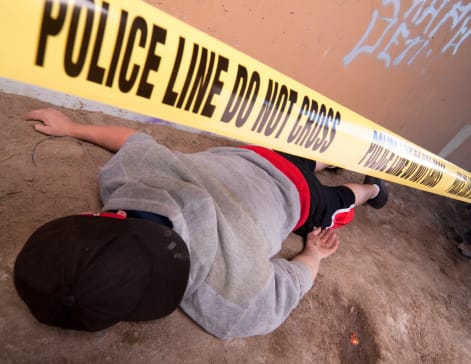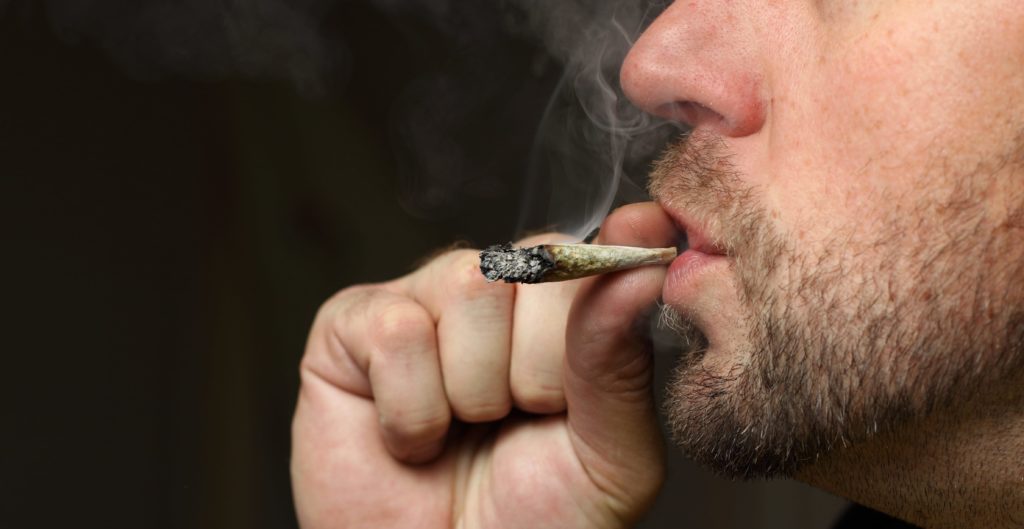According to the Centers for Disease Control and Prevention (CDC), drug overdoses accounted for 52,404 U.S. deaths in 2015, the most recent year statistics are available, including 33,091 (63.1%) that involved opioids. The tragic increase has been “driven in large part by continued sharp increases in deaths involving heroin and synthetic opioids such as fentanyl,” the CDC said in its latest report. It is critical to learn how to administer Naloxone or Narcan.
Naloxone (brand name Narcan) is a medication administered to those who have overdosed on opioids such as:
- Heroin
- Morphine
- Oxycodone
- Methadone
- Fentanyl
- Hydrocodone
- Hydromorphone
- Buprenorphine
What is Naloxone?
Naloxone is ingested via injection or nasal spray. There are numerous programs nationwide to assist those who want to learn how to administer naloxone, either in a professional or personal role. Various harm reduction organizations located in states that have legalized the administration of naloxone have in-person trainings for medical and law enforcement professionals as well as civilians. Learning how to administer Naloxone or Narcan is not difficult. The following sites offer step-by-step instructions:
- EMSWorld offers online training.
- EVZIO, the manufacturer of an auto-injector for the medication, offers online training.
- Get Naloxone Now offers online training.
There are also several YouTube videos that demonstrate the administration of the medication.
Time Is of the Essence
If a person has taken opioids and is then given naloxone, the opioids will be blocked from the opiate receptors in the brain. In an overdose, brain damage can occur within only a few minutes as the result of a lack of oxygen to the brain. The body “forgets to breathe,” and the medication “reminds it” to do so. The effects of naloxone can be felt in less than five minutes. It must be given within a 30-minute to three-hour window for it to be effective.
It is important to know that if taken without being in danger of overdose, naloxone will not cause a person to experience a high, so there is no overt benefit to using it otherwise. Additionally, the medication is not known to be addictive. It may, however, bring about an unpleasant withdrawal effect in someone who recently used opioids. Good Samaritan laws in 47 states and the District of Columbia now allow anyone to administer naloxone to an overdose victim without fear of repercussion.
The AMA has put into place policy to support the additional enactment of community-based programs that offer naloxone. The policy also supports the education of healthcare workers and those who abuse opioids about the use of naloxone in preventing overdose deaths.
Take-Home Naloxone
A change has taken place in response to the opioid epidemic. Researchers at Boston Medical Center (BMC), Rhode Island Hospital and the University of Rhode Island College of Pharmacy have recommended that naloxone be made available widely to further the outreach to underserved populations.
Most states now allow for naloxone to be purchased over the counter. CVS and Walgreens are the major suppliers. “We are encountering an unprecedented public health crisis related to opioid abuse and overdose,” said Traci Green, PhD, MSc, deputy director of BMC’s Injury Prevention Center and associate professor of emergency medicine at the Warren Alpert Medical School of Brown University. Green added, “Given that nearly every community has a pharmacy, there is a tremendous opportunity to help save lives by allowing pharmacists to provide naloxone rescue kits to those at risk for overdose.”
Who Is Backing Over-the-Counter Naloxone?
According to Tessie Castillo, advocacy and communications coordinator for the North Carolina Harm Reduction Coalition, “Many medical providers are unwilling to prescribe naloxone because they believe it will encourage a person to use more drugs.” However, the truth is that saving lives is priority No. 1. Everyone deserves a second chance. And making naloxone available over the counter removes the inconvenience of a doctor’s appointment and the risk of encountering judgment and stigma from medical providers.
U.S. Rep. Michael Burgess, MD, (R-Texas) agrees with Castillo. In April 2015, he spoke before the House Energy and Commerce Committee’s Subcommittee on Oversight and Investigations about widespread opioid abuse. “If it were available at a 24-hour pharmacy — not saying it could save every life at risk — [but] it could save some. The downside of having it available is what?”
How to Recognize an Opioid Overdose
- The person may be awake, but is unable to talk
- They don’t respond when you call their name or shake them
- Their breathing is very slow, shallow or has stopped
- Their skin is bluish-purple or grey
- They may be making loud, uneven snoring or gurgling noises
- Their lips and fingernails turn blue or purplish-black
The Other Side of the Discussion
Critics of naloxone have said that making it readily accessible will encourage opioid abuse, since it is seen as a safety net. Quite the contrary, according to a study published in the Journal of Urban Health titled, “Naloxone distribution and cardiopulmonary resuscitation training for injection drug users to prevent heroin overdose death: A pilot intervention study.” It explored the lifesaving outcome of timely application.
This is not to say, however, that treatment for opioid abuse is not still vitally important for those suffering from addiction. Existing data on naloxone distribution in community settings does not support the claim that the use of naloxone encourages opioid abuse, according to an article published on the National Center for Biotechnology Information (NCBI) website.
In fact, “two studies of naloxone distribution and overdose prevention programs report a reduction in self-reported drug use,” the authors wrote. “In the absence of data that suggest naloxone distribution increases drug use, it is problematic to limit access to take-home naloxone under the assumption that drug users, given an apparent safety valve, will increase their opiate consumption. It is unethical to allow a narrow focus on the harms of drug use to overshadow an opportunity to save human lives.”
Get Information on the Importance of Learning How to Administer Naloxone or Narcan
To learn more about the importance of learning how to administer Naloxone or Narcan, call Right Step. In addition to offering information, we also provide addiction treatment for a variety of substances, including:
To learn more, call 17135283709 today.






